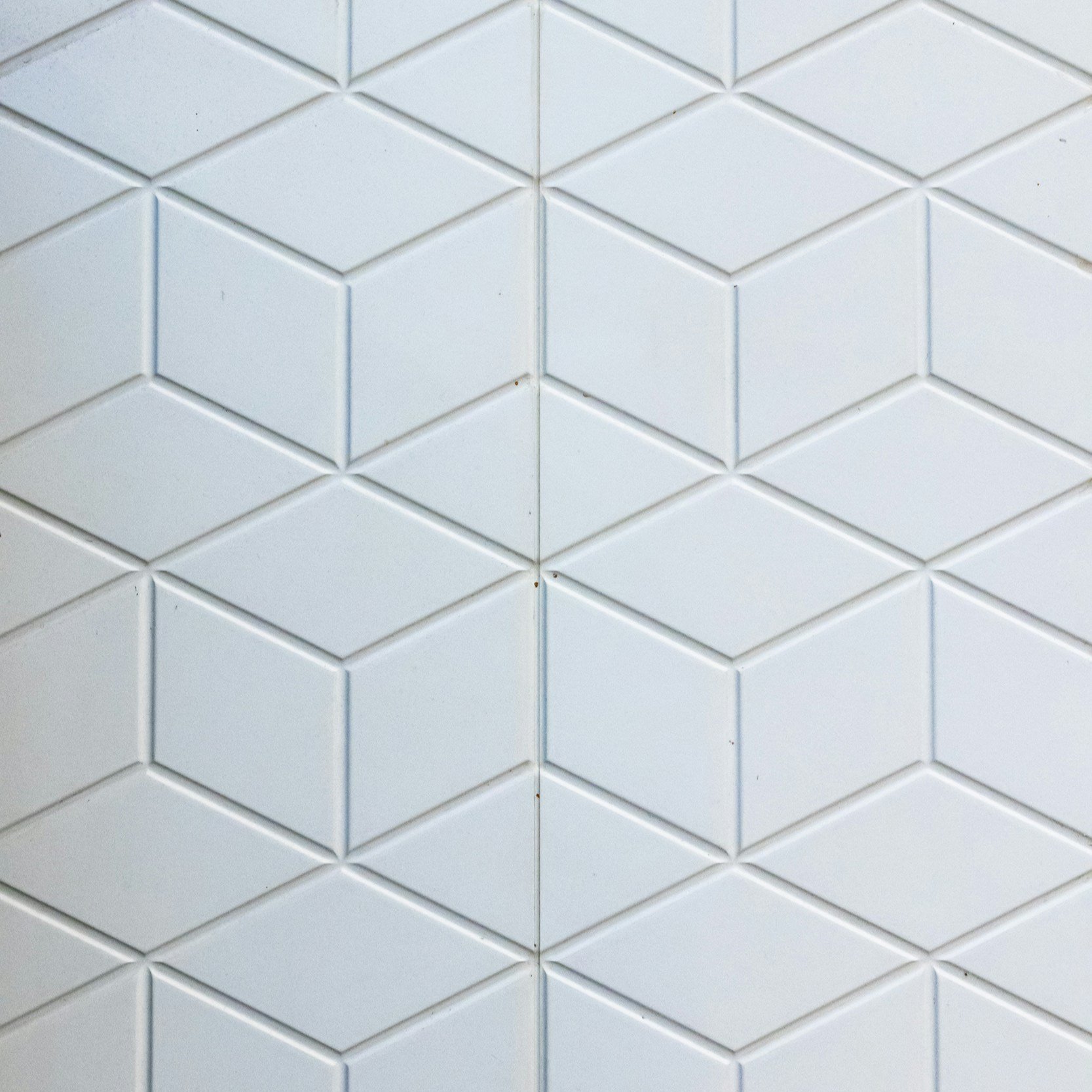The Best Flooring Options for Your Bathroom Remodel
When planning a bathroom remodel, one of the most important decisions you'll make is choosing the right flooring. The bathroom is a high-traffic area that is exposed to moisture, so it's essential to select flooring that is durable, water-resistant, and stylish. In this post, we’ll explore the best flooring options for your bathroom remodel, helping you make an informed decision that suits both your needs and your budget.
1. Porcelain or Ceramic Tile: The Classic Choice
Porcelain and ceramic tiles have long been a top choice for bathroom flooring, and for good reason. These materials are highly durable, water-resistant, and available in a wide range of styles, colors, and sizes. From classic subway tiles to intricate mosaic patterns, ceramic and porcelain tiles allow you to create a unique look for your bathroom.
Pros:
Highly water-resistant
Easy to clean and maintain
Available in various styles and designs
Long-lasting and durable
Cons:
Cold and hard underfoot
Requires professional installation
Tip: Consider adding heated floors beneath ceramic or porcelain tiles for added comfort, especially in colder climates.
2. Vinyl Flooring: Affordable and Low Maintenance
Vinyl flooring has become increasingly popular in bathroom remodels due to its affordability, ease of installation, and water resistance. Vinyl is available in sheets, planks, or tiles, and it comes in a variety of styles that mimic the look of more expensive materials, such as hardwood or stone.
Pros:
Water-resistant and easy to clean
Affordable and cost-effective
Soft underfoot and comfortable
DIY-friendly installation
Cons:
May not be as durable as ceramic or porcelain tiles
Can be prone to scratches and dents over time
Tip: Choose luxury vinyl tile (LVT) for a higher-end look without the premium price tag.
3. Natural Stone: Elegance and Durability
For a more luxurious and timeless look, natural stone floors, such as granite, marble, or slate, can elevate the aesthetic of your bathroom. While natural stone is more expensive, it adds a sophisticated touch that can increase your home’s value.
Pros:
Highly durable and long-lasting
Unique, natural appearance
Adds elegance and sophistication
Cons:
Expensive, both in material and installation
Requires regular sealing to prevent staining
Can be slippery when wet
Tip: If you choose a natural stone, be sure to select a slip-resistant finish to ensure safety in the bathroom.
4. Cork Flooring: Sustainable and Comfortable
Cork flooring is an eco-friendly option that is growing in popularity for bathroom remodels. Cork is a renewable material, making it an excellent choice for environmentally conscious homeowners. It also provides a soft and cushioned surface that is gentle on the feet.
Pros:
Sustainable and eco-friendly
Soft and comfortable underfoot
Naturally antimicrobial and resistant to mold
Cons:
Can be damaged by standing water if not sealed properly
Requires periodic maintenance to preserve its appearance
Tip: Use cork flooring in powder rooms or bathrooms with minimal moisture exposure to ensure longevity.
5. Engineered Hardwood: Classic Warmth with Modern Durability
Engineered hardwood is a great option for those who love the look of wood but want a material that is more resistant to moisture. Unlike solid hardwood, engineered hardwood is designed to withstand bathroom humidity and temperature changes without warping or expanding.
Pros:
Timeless, natural wood look
More durable than solid hardwood in wet conditions
Easy to install
Cons:
More expensive than vinyl and some tile options
Requires proper sealing to protect against water damage
Tip: Consider using engineered hardwood in bathrooms that have good ventilation to keep the wood looking beautiful for years.
6. Pebble Stone Flooring: A Unique Natural Look
If you’re looking for something distinctive, pebble stone flooring can give your bathroom a unique, spa-like feel. This type of flooring is made from small, smooth stones that are embedded in grout. It’s often used in shower areas or as an accent to create a natural, earthy vibe.
Pros:
Natural and organic aesthetic
Slip-resistant surface
Durable and easy to maintain
Cons:
Can be uncomfortable to stand on for long periods
Requires regular cleaning to prevent mold growth in grout lines
Tip: Seal the grout to prevent moisture from getting trapped and to make cleaning easier.
7. Concrete: Sleek and Modern
Concrete flooring is a versatile and modern option for those looking to create an industrial or contemporary bathroom design. It can be stained, polished, or textured to create a unique and custom look. Concrete is highly durable and resistant to water, making it a great choice for bathrooms.
Pros:
Highly durable and resistant to water
Customizable with stains, patterns, and finishes
Low-maintenance and easy to clean
Cons:
Cold and hard underfoot
Requires professional installation and sealing
Tip: Consider installing radiant floor heating with concrete floors for added comfort.
When selecting flooring for your bathroom remodel, it’s essential to consider factors such as moisture resistance, durability, comfort, and design style. Whether you opt for classic porcelain tile, eco-friendly cork, or luxurious natural stone, there is a flooring option to suit your bathroom’s needs and your personal style.
By choosing the right flooring for your bathroom remodel, you’ll create a space that is not only functional but also stylish and inviting. Take the time to research your options and work with a professional to ensure your flooring is installed correctly and will stand the test of time.
Ready to transform your bathroom? Contact us today to get started on your bathroom remodel!
If you have any questions, please reach out to one of us at 246 Home LLC.

